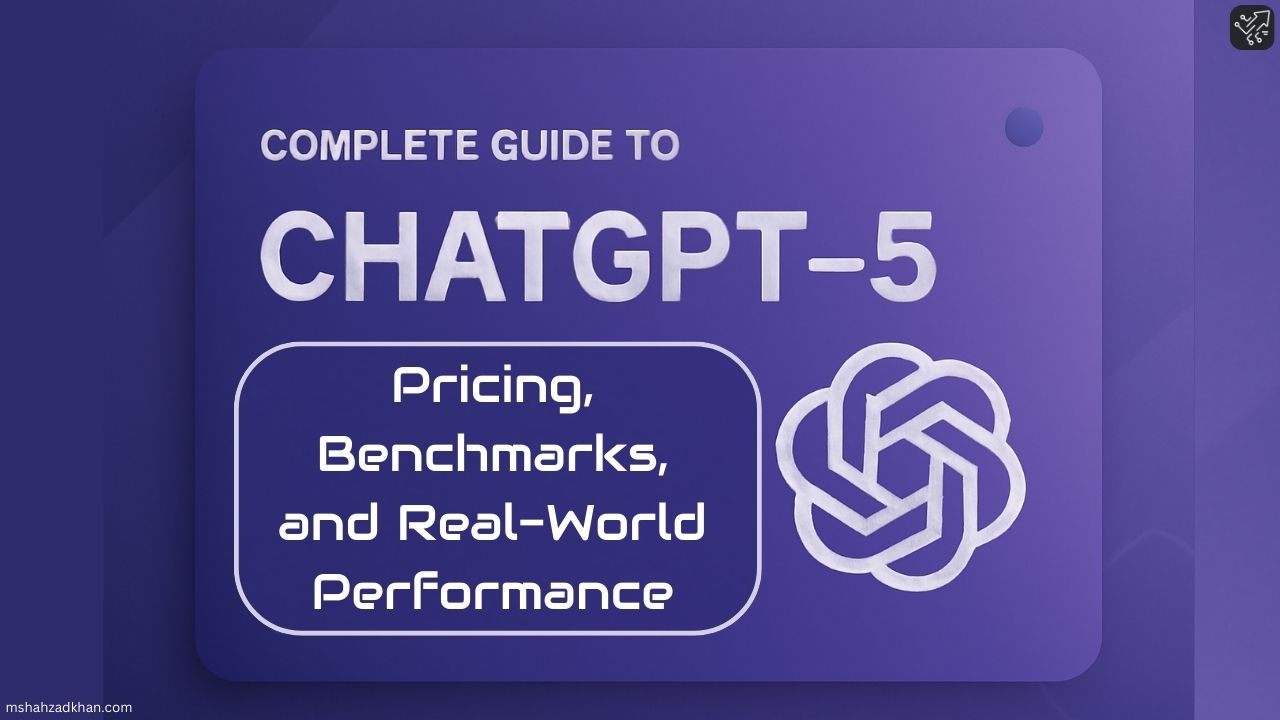
Digital Marketing and Lead Generation: Who’s Really in Charge?
In today’s online-first world, digital marketing and lead generation go hand in hand. Yet ask a marketing team and a sales team who owns lead generation, and you might spark a full-blown debate. Both sides bring value, but the real magic happens when they work together.
Let’s dig into what lead generation really means in a digital context, why it matters, and how businesses can bridge the gap between marketing and sales to turn browsers into buyers.
What Is Lead Generation in Digital Marketing?
Lead generation is the art of turning curiosity into connection. In plain English, it’s how you get people interested in your product or service, and start building a relationship that may lead to a sale.
In digital marketing, this usually means collecting someone’s contact details, like their email or phone number, through your website or social media. You might offer them a discount, a free guide, or access to a webinar in exchange. It’s like opening the door to a conversation, without pushing too hard.
The goal? Build trust, learn what your audience wants, and guide them down the sales funnel until they’re ready to buy. And if done right, it feels natural, not salesy.
Why Lead Generation Matters More Than Ever
Imagine trying to sell umbrellas in the desert. That’s what it feels like when you market to the wrong people. Lead generation helps you find those who actually want what you offer, people already looking for a solution you provide.
Here’s why that’s gold:
- You save money by not wasting ads on the wrong crowd.
- You build a list of potential buyers instead of just getting random clicks.
- You create better experiences by tailoring content to people who care.
And in a noisy digital space, that kind of precision isn’t just nice, it’s necessary.
Marketing vs Sales: Who Owns the Lead?
This is where things get tricky. Marketing teams focus on creating awareness, driving traffic, and capturing interest. Sales teams want qualified leads, people who are ready to talk, buy, or at least seriously consider it.
So who’s responsible for generating leads? Honestly, both.
Marketing brings people to the table, while sales helps them order the meal. If the handoff between the two is shaky, leads get lost. But if they’re aligned, it’s a smooth experience for everyone involved, especially the customer.
Understanding MQLs and SQLs
To keep things organized, many companies use two terms:
- MQL (Marketing Qualified Lead): someone who shows interest (like downloading a freebie or clicking an ad) but isn’t ready to buy yet.
- SQL (Sales Qualified Lead): someone who’s warmed up, engaged, and more likely to make a purchase soon.
Think of MQLs as window shoppers and SQLs as customers ready to head to the checkout. Knowing which is which helps your team focus their energy the right way.
How Digital Marketing Helps You Generate More Leads
So how do you get more of the right leads? Digital marketing offers several smart ways:
1. Content Marketing
Create blogs, videos, or ebooks that answer real questions. If people see value in your content, they’re more likely to trust your brand.
2. SEO (Search Engine Optimization)
Optimize your website so it shows up on Google when someone searches for what you offer. More visibility = more traffic = more leads.
3. Social Media
Platforms like Instagram, LinkedIn, and Facebook let you connect directly with your audience. Post useful content, run giveaways, or start conversations, anything that builds rapport.
4. Paid Ads
With tools like Google Ads or Facebook Ads, you can target super-specific audiences. For example, show your cake ad only to people who searched for “chocolate raspberry cake near me.”
5. Email Campaigns
Once someone gives you their email, keep in touch with friendly, valuable updates. Don’t just sell, nurture.
What About Retargeting?
Ever feel like a website follows you around the internet after you visit it? That’s retargeting. It’s a clever digital marketing trick that reminds visitors about your brand even after they leave your site.
Let’s say someone adds something to their cart but doesn’t check out. A well-timed ad might bring them back. It’s subtle but effective, and it keeps your brand top of mind.
The Biggest Lead Gen Mistake? Poor Communication
One of the biggest reasons leads fall through the cracks is miscommunication. Maybe marketing sends a lead to sales too early, or sales doesn’t follow up quickly enough.
Here’s a better way:
- Set clear criteria for what makes someone “qualified.”
- Create shared dashboards so both teams can see what’s happening.
- Meet regularly to tweak your strategy based on what’s working (and what’s not).
It sounds simple, but it’s often overlooked, and it makes a huge difference.
Conclusion: Collaboration Is the Real Lead Machine
At the end of the day, digital marketing and lead generation aren’t separate games played by different teams. They’re chapters of the same story. Marketing gets the conversation started, and sales brings it home.
When the two teams collaborate, sharing data, feedback, and goals, everyone wins. Especially your customers.
So don’t treat it like a tug-of-war. Treat it like a relay. And make sure the baton gets passed smoothly every time.
Shahzad is a SEO Content Writer, he develops and implements content strategies to enhance online visibility and drive organic traffic. With five years of strong experience in the marketing and content writing field. In his spare time he enjoys playing badminton that helps him stay active and sharpen his strategic thinking skills.






